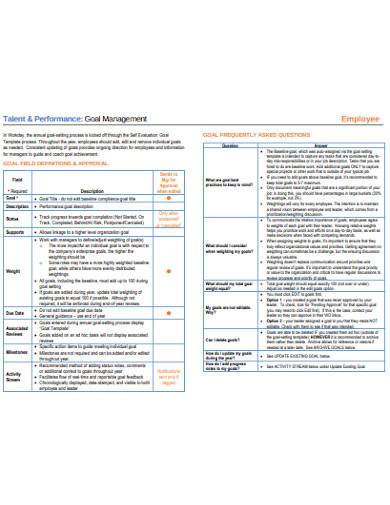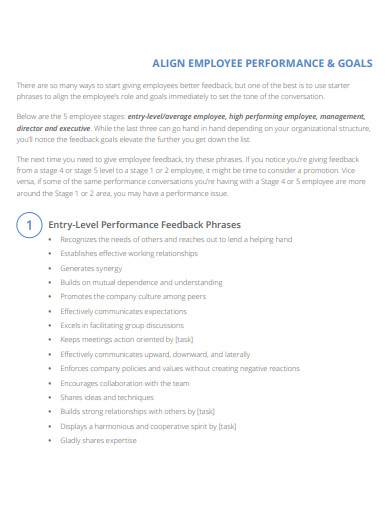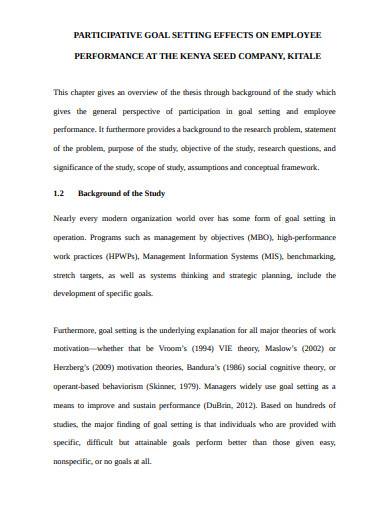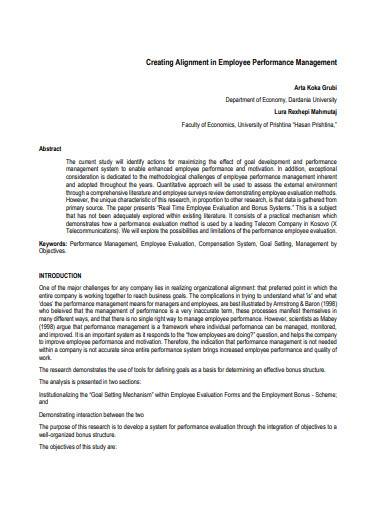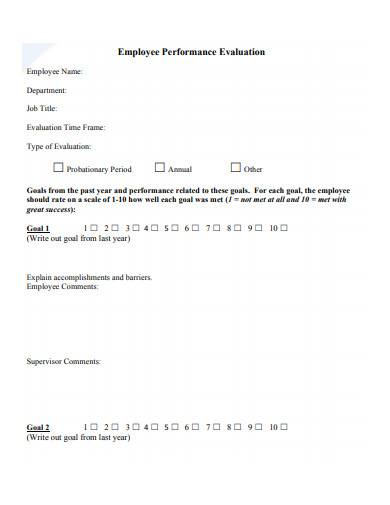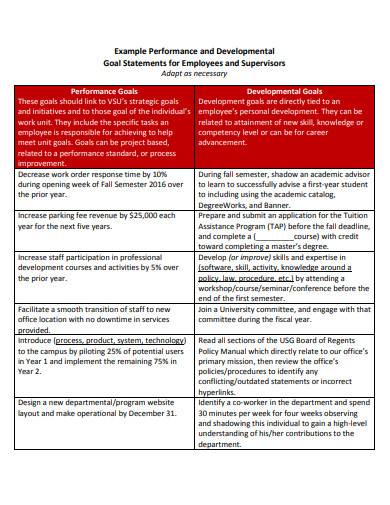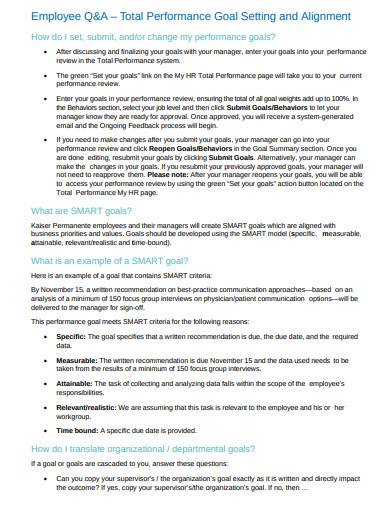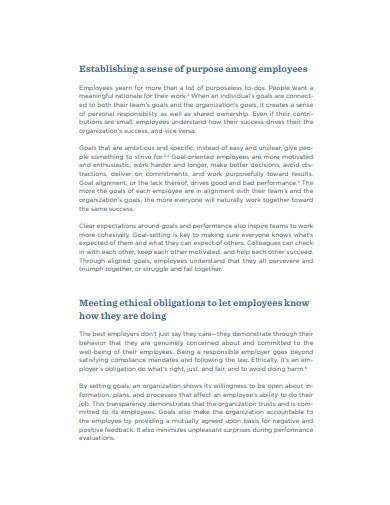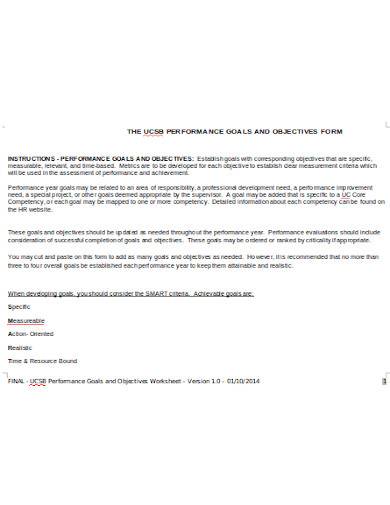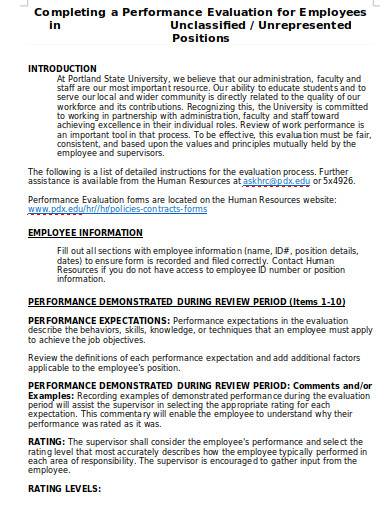Employers need employees, and employees need employers. A company cannot function without its employees, no matter how little in number they are. Employees are the first line of defense of a company. They are the ones who customers talk to if they need help, and they’re the ones who need to work overtime to meet production targets. For a successful company, employers need to focus on the growth and development of their employees. And the best way to do that is to set employee performance goals.
What Are Performance Goals?
Employees can function optimally if they know their duties and responsibilities. That is because if they know what to do, they can simply set goals for themselves. The same thing is true with employers. If employers understand the duties and responsibilities of every employee, then they can set appropriate performance goals that will ultimately help employees improve. Employee performance goals are specific short-term objectives that employees must accomplish within a specified time. Performance goals are job-specific and are different for each employee.
Achieving performance goals is a way for employees to contribute to the growth ad success of a company. Examples of employee performance goals are setting a deadline and quota for specific tasks, reducing customer wait time, reducing complaints of employees giving wrong information, etc. Companies should have a list of employee performance goals and their own employee performance goals template. These two can help make performance evaluation easier and more convenient.
Do It SMART
The best employee performance goal is SMART. SMART is an acronym that is used in creating effective goals. It stands for specific, measurable, attainable, relevant, and time-sensitive. What makes it so effective in creating goals? Let’s find out.
- Specific – Goals must be clear, and there is no clearer goal than a goal that provides specific details. The 5Ws (who, what, where, when, why) is the best guide in making specific performance goals. The answers to these questions create detailed and valuable information for goal setting.
- Measurable – Why is there a need to measure performance goals? Measurable employee performance goals determine improvement in the employee’s work performance. Employees can tell how much effort they need to exert to attain the goal they’ve set. An example of a measurable goal would be, “Increase jacket sales up to 90%.”
- Attainable – Employees are not superheroes with superpowers, so they can’t do the impossible. The goals you set for each employee should be something that they can actually do. For example, nurses and doctors are expected to help save lives, and that is an attainable goal. But asking them to bring back life is an unattainable goal.
- Relevant – The goals set for each employee must be pertinent to their jobs or responsibilities. Managers should do managing jobs while security personnel should maintain the safety of the workplace. Managers and security personnel can’t switch tasks, or there’ll be chaos.
- Time-sensitive – There should always be a deadline for performance goals. Enough time should be provided in performing each goal and employees should commit to this time-frame. So that employees meet their deadline, they must learn to organize and prioritize tasks. Once a deadline is met, employees can proceed to the next tasks to achieve their goals.
10+ Employee Performance Goals Samples
1. Employee Performance and Goal Management
2. Align Employee Performance and Goals
3. Goal Commitment and Employee Performance
4. Participative Goal Setting Effects On Employee Performance
5. Creating Alignment in Employee Performance Management
6. Employee Goal Performance Evaluation
How to Set Employee Performance Goals
It’s important to set employee performance goals early in the month so that you can conduct performance evaluations by the end of the month. This way you’ll be able to tell whether the employee met their goals and if they made any improvements. Follow the steps below in setting employee performance goals.
Step #1: Schedule a goal-setting date with the employee
Choose a specific date on when you discuss the employee performance goals and objectives. An ideal time would be at the start of the shift or by the end of the shift on a day that is not so busy. Notify your employees so that they’ll have enough time to think of what goals to set for the month.
Step #2: Prepare the necessary documents
Gather and print copies of the needed documents, such as an employee performance goals template and employee performance appraisal form, if necessary. You may also draw records of the employee’s past performance so that you can review and make comparisons. Do this not to point out faults, but to find out how they can do things better.
Step #3: Review the employee’s performance
An employee performance review will feed you with details regarding the employee’s past and current performance, including what goals they have achieved so far. Use this information to formulate objectives to help improve the employee’s performance and make the appropriate action plan.
Step #4: Set goals together with the employee
On the scheduled date, discuss the employee’s performance review and point out where they are in accomplishing their goals. Make sure to let the employee participate both in the goal-setting process and performance review. A SMART goals template would be most useful during this time.
Step #5: Monitor employee and evaluate progress regularly
Regular monitoring will help you detrmine if the employee is making any progress. You’ll also be able to guide them on the best thing to do if they lose sight of their goal.
7. Performance and Developmental Goal Statements for Employees
8. Sample Employee Performance Goal Setting and Alignment
9. Boosting Employee Performance With Solid Goals
10. Employee Performance Goals and Objectives Form
11. Performance Evaluation for Employees Goal
Make sure you check out the samples above. They’ll surely help you with setting goals for employee performance and make the task a lot easier to do.
Related Posts
How to Evaluate an Employee's Performance
What Is Performance Evaluation Form?
10+ Importance of an Employee Evaluation
Sample Employee Evaluation Form
9+ Performance Appraisal Examples
Sample Employee Evaluation Template
10+ Sample Self Evaluation Form
7+ Sample HR Evaluation Form
Performance Improvement Plan Example - 14+ Samples in Word, PDF
How to Fill Out a Self-Evaluation Form
7+ Sample Job Performance Evaluation Form
15+ 30-60-90 Day Plan Samples in PDF Word | PPT
9+ Performance Development Plan Template
8+ Sample Employee Self Evaluation Form
Human Resource 7+ Management Job Description Sample

